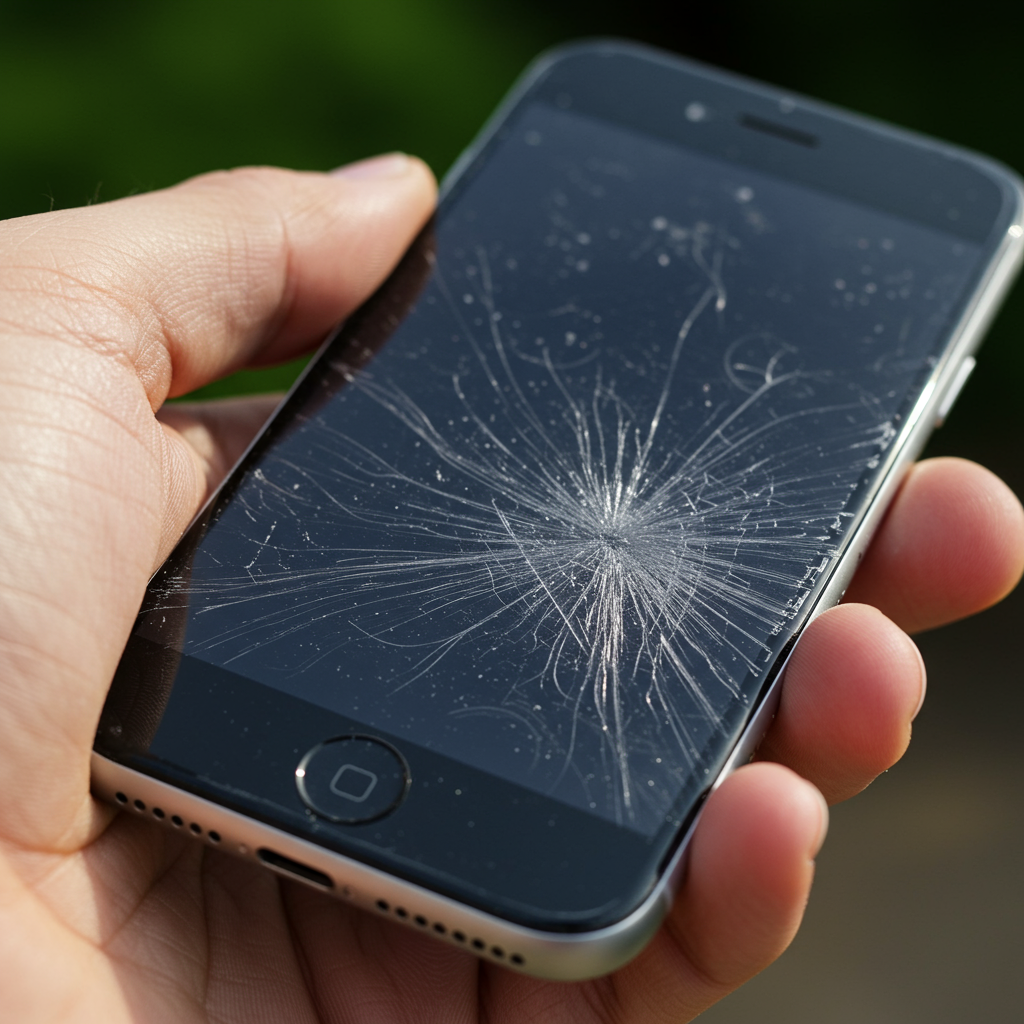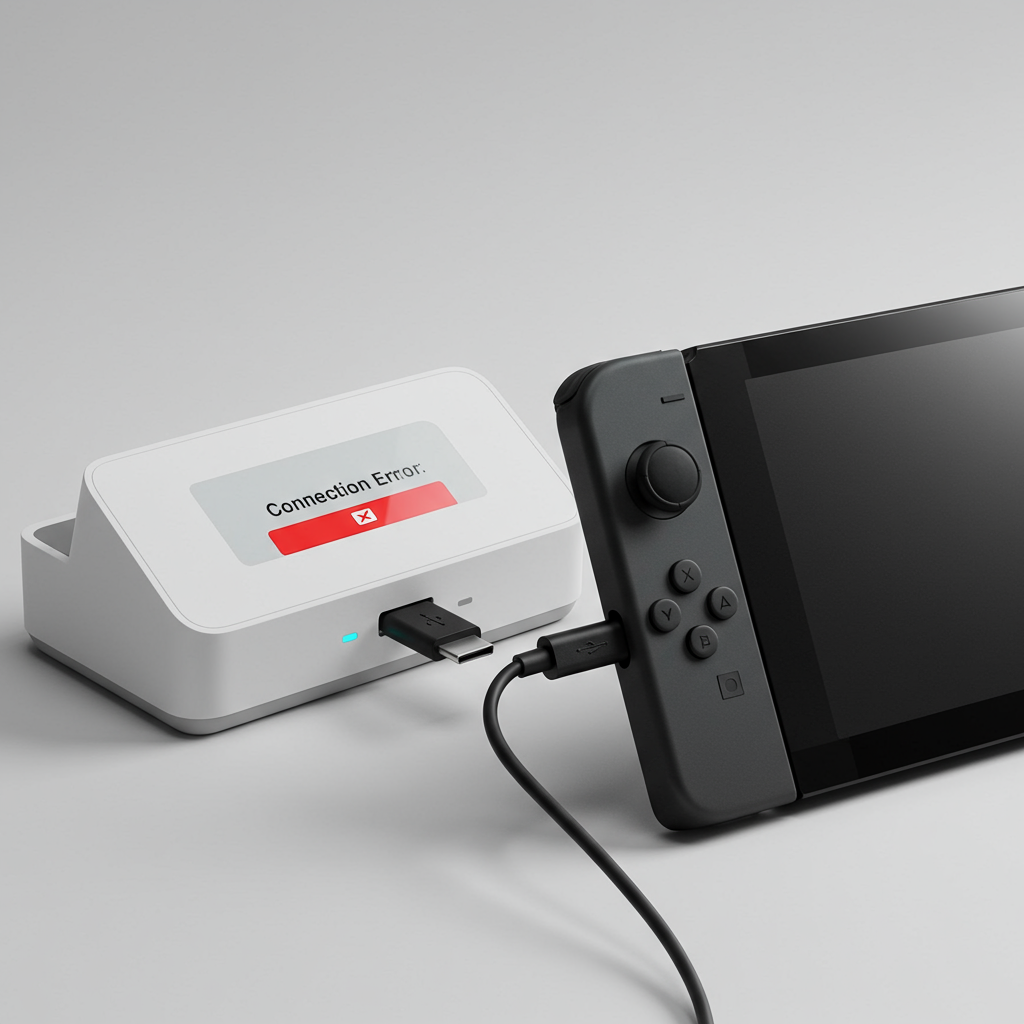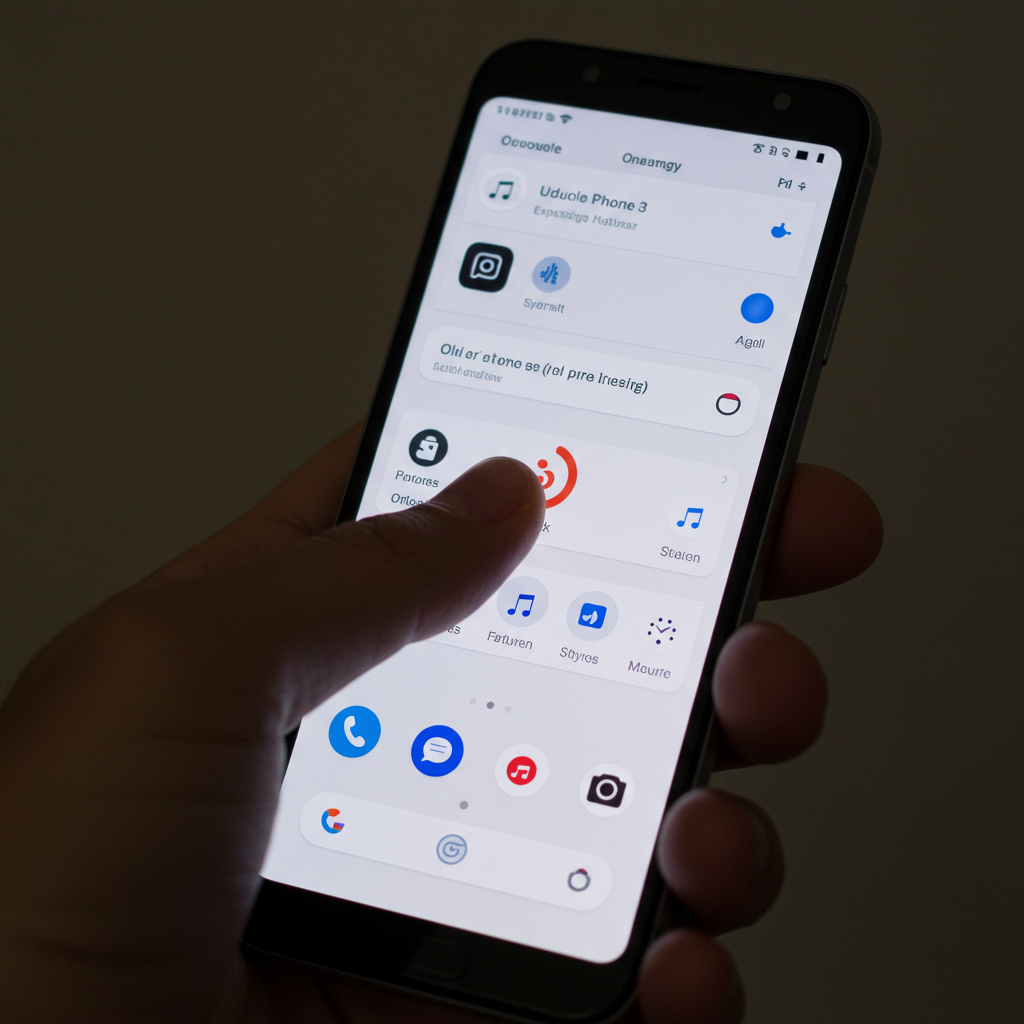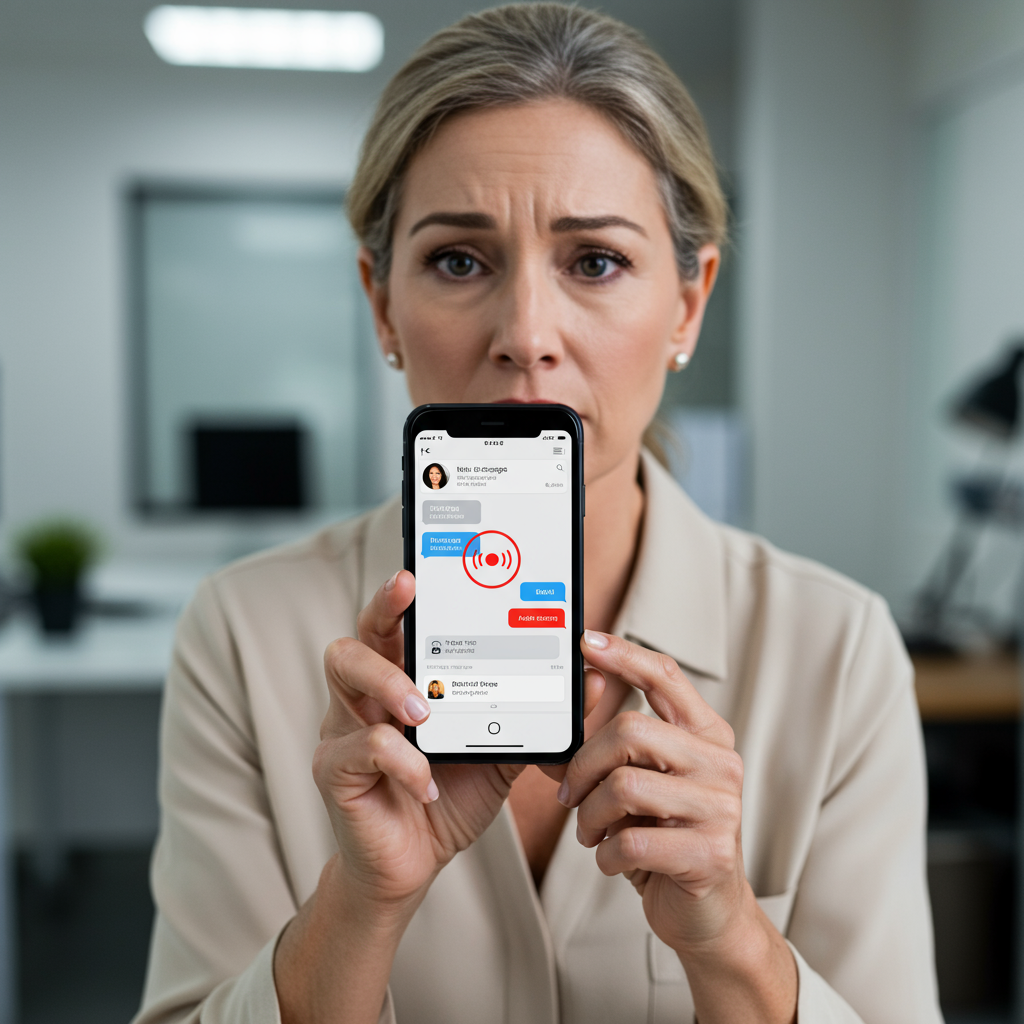The latest Apple iPhone 17 release is facing a familiar storm: “Scratchgate.” Reports of premature scratching on the new models, particularly the Pro, have ignited a debate. Users are questioning Apple’s official “material transfer” explanation. Is this a genuine durability concern or just another overblown design controversy? We dive deep into the evidence, Apple’s response, and what it means for your new device. This comprehensive analysis will help you understand the full scope of the iPhone 17 scratching issue.
Apple’s Recurring Design Controversies
Apple product launches often come with intense scrutiny. Over the years, we’ve seen “Antennagate” for signal issues, “Bendgate” questioning structural integrity, and even “Butterfly Keyboardgate” for unreliable keys. This recurring pattern of design-centric debates now welcomes “iPhone 17 scratchgate,” keeping the tradition alive. These controversies typically spark two camps: those who exaggerate and those who dismiss. The truth often lies in a nuanced middle ground. It highlights a legitimate issue that may not be as catastrophic as initial reports suggest.
The iPhone 17 ‘Scratchgate’ Emerges
Almost immediately after the iPhone 17 series hit stores, user reports and photos surfaced depicting scuffs and marks. Display models in Apple stores, handled by curious customers, appeared to show significant wear within days. This visible damage on retail units quickly fueled concerns about the new lineup’s long-term durability. The iPhone 17 Pro and iPhone Air were particularly noted.
Apple’s Official Explanation: ‘Material Transfer’
Apple has swiftly addressed the visible marks on in-store demo units. The company suggests these aren’t true scratches, but rather instances of “material transfer.” According to Apple, worn MagSafe display risers used to showcase the phones can leave residue on the devices. The company asserts these marks can be easily wiped away with a cloth. They are reportedly working to replace these worn stands in retail and partner locations to prevent further occurrences. This explanation primarily targets the visible scuffing on demonstration models.
Why Users Aren’t Convinced
Despite Apple’s explanation, many consumers and tech reviewers remain skeptical. While it’s true that demo units endure harsher treatment than personal phones, the sheer extent and speed of the damage observed seemed unusual compared to previous launches. This raises questions about the iPhone 17 Pro durability.
Evidence Contradicting Apple’s Claim
Numerous users who have already purchased the iPhone 17 are reporting actual chips and scratches on their personal devices. These aren’t temporary smudges; they are tangible signs of damage. Images shared by users, showing “first drop” scratches, further support these concerns. This directly challenges Apple’s “material transfer” assertion.
The Camera Plateau Vulnerability
A specific area of concern focuses on the iPhone 17 Pro’s camera plateau edges. Renowned durability tester JerryRigEverything’s “torture test” video demonstrated that the anodized coating on these raised edges doesn’t adhere particularly well. He showed how common items like keys and coins could easily chip or scratch this finish. Apple, while acknowledging potential “small abrasions” from normal wear, maintains its anodization process meets industry standards. They claim it produces an “extremely hard” finish with “similar characteristics” to other anodized aluminum products. However, the visual evidence presented by independent testers is compelling. This particular vulnerability fuels the “iPhone 17 scratchgate” narrative.
Design Choices: Durability vs. Performance
The scratching debate is intrinsically linked to Apple’s engineering decisions for the iPhone 17 Pro. For this generation, Apple shifted back to an aluminum chassis for the Pro models. This was a departure from the titanium frames used in the preceding iPhone 16 Pro series.
Addressing ‘Heatgate’: The Aluminum Advantage
This material change wasn’t arbitrary. The iPhone 16 Pro famously suffered from “heatgate” – overheating issues that prompted user complaints. Apple reportedly chose aluminum for the iPhone 17 Pro due to its superior heat dissipation properties. The goal was to prevent a recurrence of thermal problems. The Engadget review supports this, noting significantly improved thermal management in the 17 Pro, with the inclusion of a vapor chamber keeping the device cooler during casual gaming. This material choice aimed to enhance performance stability.
The Trade-off: Aesthetics and Scratch Resistance
While aluminum aids thermal performance, it inherently offers less scratch resistance compared to titanium. Apple appears to have prioritized the sleek aesthetics of sharp edges on the one-piece aluminum chassis. Although bevelling the corners of the camera plateau could have improved durability, this design choice seemingly favored elegance over enhanced scratch protection in that specific area. This indicates a calculated trade-off, balancing various design and functional priorities. This decision plays a crucial role in the iPhone 17 scratching reports.
A Nuanced Look at iPhone 17 Durability
It’s crucial to understand that “iPhone 17 scratchgate” doesn’t necessarily mean the entire iPhone 17 lineup is fragile. The picture is more complex.
Overall Durability Enhancements
Both the iPhone 17 Pro and the base iPhone 17 feature Ceramic Shield 2, a significant advancement in screen protection. This coating is claimed to be three times more scratch-resistant than its predecessor. It also includes a seven-layer anti-reflective coating for reduced glare. Engadget’s review, focusing on the 17 Pro, reported enhanced resilience. It noted the phone “survived being placed naked in bags with keys and other phones without scratching.” Tom’s Guide also praised the base iPhone 17’s “more durable design.” This suggests a general improvement in the phone’s ability to withstand everyday knocks and drops, especially concerning the display. The phone’s aluminum frame also provides robust protection for the edges.
The Specific Vulnerability
Therefore, the “scratchgate” concerns seem to pinpoint specific vulnerabilities: the anodized coating on the aluminum frame (especially the camera plateau edges) rather than the overall structural integrity or the Ceramic Shield display. The issue isn’t that the phone can’t survive a bag full of keys. It’s that certain finishes or edges might show cosmetic wear more quickly than expected, particularly when compared to previous titanium models. This highlights a distinction between general device robustness and specific surface finish resistance.
Protecting Your New iPhone 17
Given the discussions around durability, the most sensible course of action for any new iPhone 17 owner is to invest in protection. Proactive measures can significantly extend the pristine condition of your device.
Essential Accessories
High-Quality Case: A robust iPhone 17 case can shield the aluminum edges and, crucially, the vulnerable camera plateau from everyday impacts and scratches. Many excellent options are available, ranging from slim silicone to rugged armor. Choosing a case is a primary defense against iPhone 17 scratching.
Screen Protector: While Ceramic Shield 2 offers impressive scratch resistance for the display, an additional screen protector provides an extra layer of defense against accidental drops or abrasive materials. This offers peace of mind for your valuable screen.
Mindful Handling
Even with protection, treating your phone with care is always advisable. Avoid placing it directly with keys, coins, or other sharp objects in pockets or bags. These small habits contribute significantly to maintaining your phone’s appearance and functionality over time.
Frequently Asked Questions
Q1: What is Apple’s official explanation for the iPhone 17 ‘scratchgate’ marks?
Apple officially attributes the visible marks on iPhone 17 demo units in stores to “material transfer.” They explain that residue from worn MagSafe display risers can rub off onto the phones, creating marks that resemble scratches but are not permanent damage. Apple states these marks can be easily wiped away with a cloth and is working to replace the worn stands. This explanation primarily covers retail display models.
Q2: Is the iPhone 17 Pro actually less durable than its predecessor, the iPhone 16 Pro?
It’s a nuanced situation regarding iPhone 17 Pro durability. The iPhone 17 Pro shifted back to an aluminum chassis from the titanium of the iPhone 16 Pro to improve heat dissipation. While this aluminum design, combined with Ceramic Shield 2 for the display, offers enhanced overall structural resilience, the anodized coating on the aluminum frame, particularly around the camera plateau, may be more susceptible to cosmetic scratches and chips from common items like keys compared to the more robust titanium finish of the previous model. So, while general durability might be up, specific scratch resistance in certain areas might be down.
Q3: What should I do to protect my iPhone 17 or iPhone 17 Pro from scratches?
The most effective way to protect your new iPhone 17 or iPhone 17 Pro from scratches is to invest in a high-quality protective case and a screen protector. A good case will safeguard the aluminum edges and the camera plateau from daily wear and tear and accidental impacts. A screen protector, despite the Ceramic Shield 2 display, adds an extra layer of defense against abrasive materials and potential micro-scratches. Additionally, avoid placing your phone in direct contact with keys, coins, or other sharp objects.
The Verdict on iPhone 17 ‘Scratchgate’
“iPhone 17 scratchgate” highlights the perennial tension between cutting-edge design, performance optimization, and real-world durability. While Apple’s “material transfer” explanation may hold true for some demo unit scuffs, compelling evidence from users and independent testers points to genuine vulnerability. This is particularly true concerning the anodized finish on the iPhone 17 Pro’s camera plateau. Apple’s strategic move to aluminum for improved thermal management comes with a recognized trade-off in scratch resistance for certain parts, even as the screen benefits from Ceramic Shield 2. Ultimately, for those committed to the iPhone 17, this issue likely won’t be a deal-breaker, but a protective case remains an indispensable accessory to preserve your device’s pristine condition and mitigate concerns about iPhone 17 scratching.




